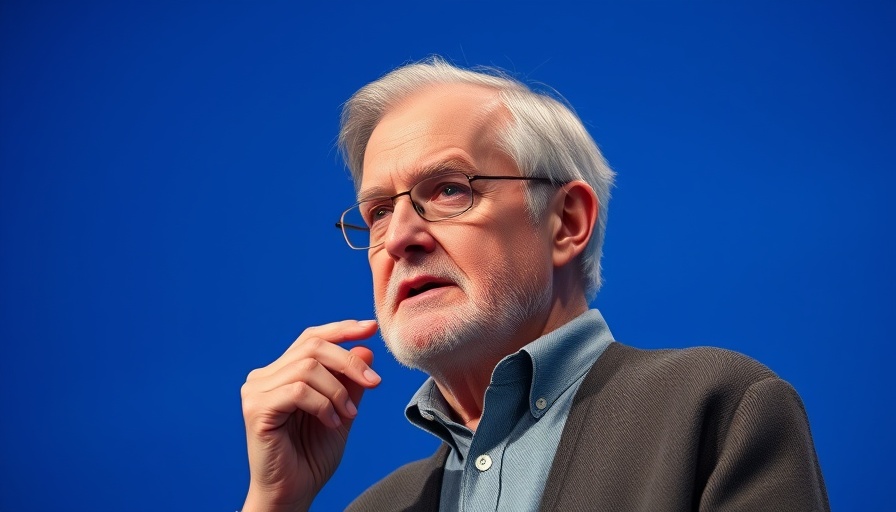
Revolutionizing Urban Transportation: A Solution to Congestion
The advent of ridesharing services like Uber has undeniably transformed urban travel. However, as highlighted by Vinod Khosla in his recent insights, the increase in congestion caused by these services poses a serious challenge to city infrastructure. Could the emergence of driverless cars be the answer we’ve been searching for?
In Best Traffic Solution I’ve Heard in Years, Vinod Khosla discusses innovative approaches to urban congestion, leading us to examine the crucial role of driverless public transit in future transportation.
Driverless Cars and Public Transit: A Promising Future
Imagine a scenario where public transit incorporates driverless vehicles that can transport individuals effortlessly. With this system, the convenience of a personal vehicle merges with the efficiency of public transport. Picture getting off work late at night, only to have a fully autonomous vehicle arrive precisely when you need it. This method indeed could alleviate congestion as it maximizes the use of available resources.
Connecting the Dots: From Rideshares to Public Transit
While Uber and similar platforms have made commuting easier for many, they also encourage reliance on personal transport, which can lead to increased congestion. Transitioning to a driverless public transit model could not only simplify late-night transport but also promote healthier, sustainable commuting habits. This can significantly reduce the number of vehicles on the roads.
Why Does This Matter?
Understanding the implications of these technologies is crucial for our cities’ future. Innovations such as driverless public transit can enhance the quality of life by making mobility accessible to everyone, reducing pollution and improving urban spaces. As we move forward, advocating for these solutions might just be pivotal in managing urban challenges.
Moving Forward: A Call for Change
As we ponder the future of urban transportation, it is clear that solutions like driverless public transit deserve more attention. Engaging with the technology and policies that drive these innovations will be vital for fostering a sustainable and efficient transportation system in our cities.
 Add Row
Add Row  Add
Add 




Write A Comment